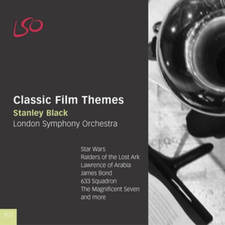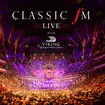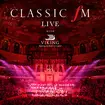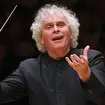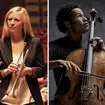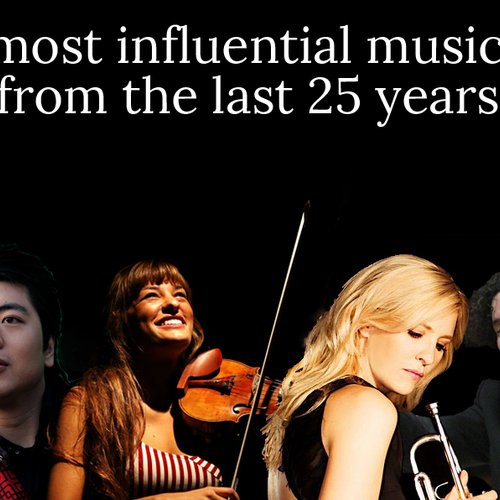What is a baroque or ‘natural’ trumpet – and how do you play it?
18 February 2020, 17:09

Introducing the Baroque Trumpet with Alison Balsom | Classic FM
British trumpet virtuoso Alison Balsom introduces her wonderful instrument – a modern adaptation of the “natural” trumpet.
Alison Balsom OBE, one of the world’s most famous trumpet virtuosos, has just recorded a new album – Royal Fireworks – on this wonderful baroque instrument.
Brought about in the mid-20th century, the baroque trumpet is essentially a replica of the natural trumpet, which you would have heard in the music of Purcell, Handel and Bach.
We asked Alison to explain the ins and outs of her instrument…
What is a baroque, or natural, trumpet?
“Some people might not even think it looks like a trumpet,” Alison says. “But this is what trumpets used to look like.
“It doesn’t play all the notes of the scale, it has no valves, and trumpeters have to make all the notes just with their lips.
“What is sometimes a bit deceiving with the natural trumpet is that it has these holes, so it looks like a recorder – it looks like these will make the notes. But in fact, they don’t do that, they help with the tuning and put it more closely in line with what our modern ears [are used to].”
The natural trumpet only plays the notes of the natural harmonic series. So, as Alison says, modern trumpeters use the tuning holes to flatten the fourth of the scale, to make the sound more tuneful to a modern ear.
Read more: Alison Balsom says taking away music education is ‘dangerous’ >

How does a baroque trumpet differ from a modern trumpet?
A baroque trumpet is much longer than a modern trumpet, which is “nearly an octave higher” than it’s earlier counterpart.
But in terms of playing the instrument, the technique isn’t all that different to playing a modern instrument. “You still make all the notes with your lips – you just have all the gaps filled in with the valves”.
“The big difference is the sound,” Alison says. “When you play in the upper register of the baroque trumpet, it’s a very different sound to this powerful instrument that works so well in the later repertoire.
“The modern trumpet feels more secure in some ways because it helps you place those notes, rather than just having to use your imagination – but really, they’re both the same high wire.”
Read more: Tutankhamun’s ‘cursed’ trumpet stirred ‘deadly conflict’ >
As her new album suggests, Alison prefers the baroque trumpet for playing trumpet music by Handel, Purcell, Bach and Telemann – as that’s the instrument those composers were writing for.
“When I was at Guildhall, I started on this trumpet and it was a shock to me, how it felt. It was a revelation, and it suddenly made me feel like I understood the baroque era for the first time.
“It explained how to phrase, articulate notes and produce notes in a way that didn’t really make sense to me on the modern trumpet. And for good reason – this instrument didn’t exist.”
Is the natural trumpet hard to play?
It’s “risky and unreliable”, Alison says.
“But when it goes well, it’s the most satisfying thing to do in the world.”
Discover more wonderful instruments on Classic FM’s YouTube channel.
